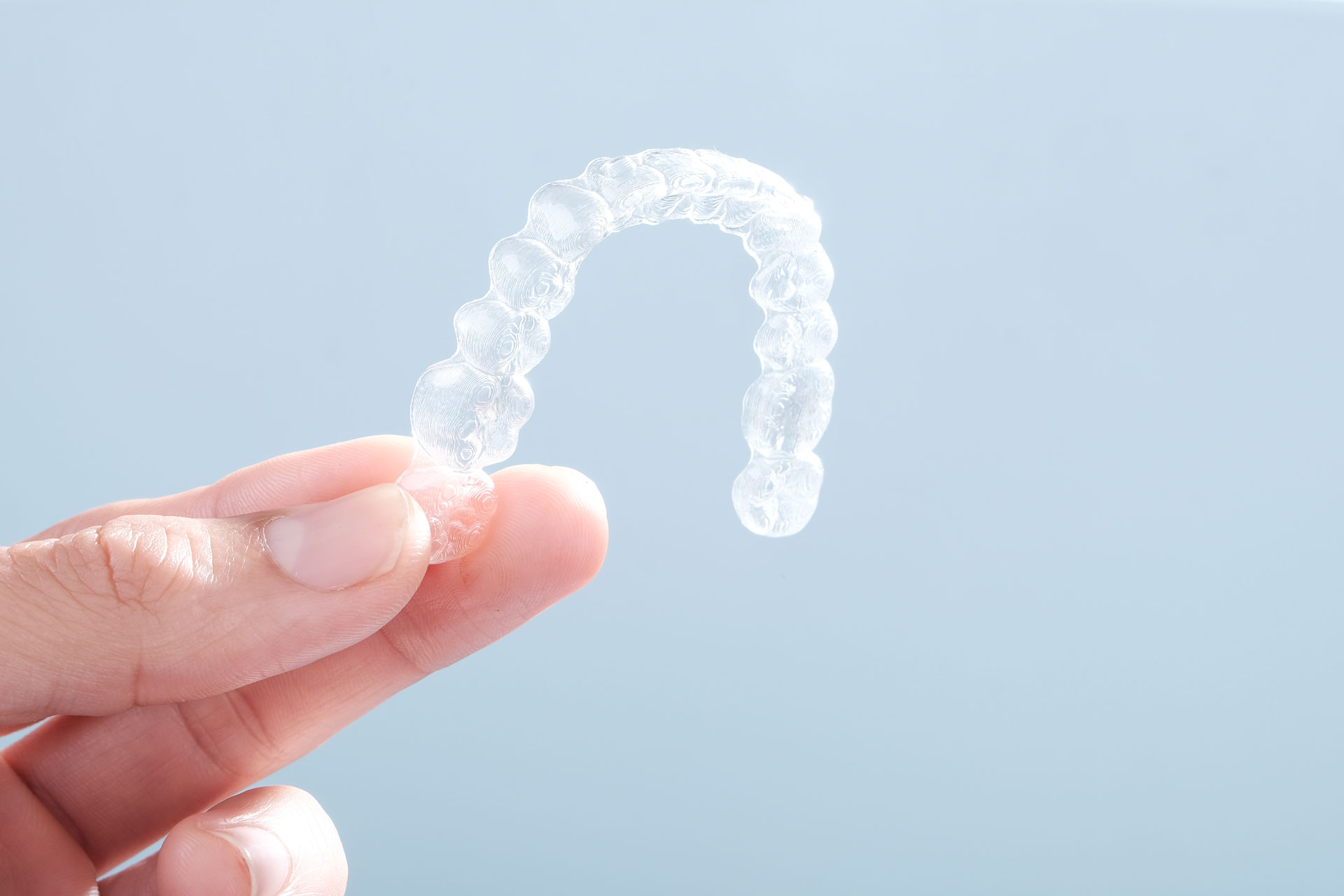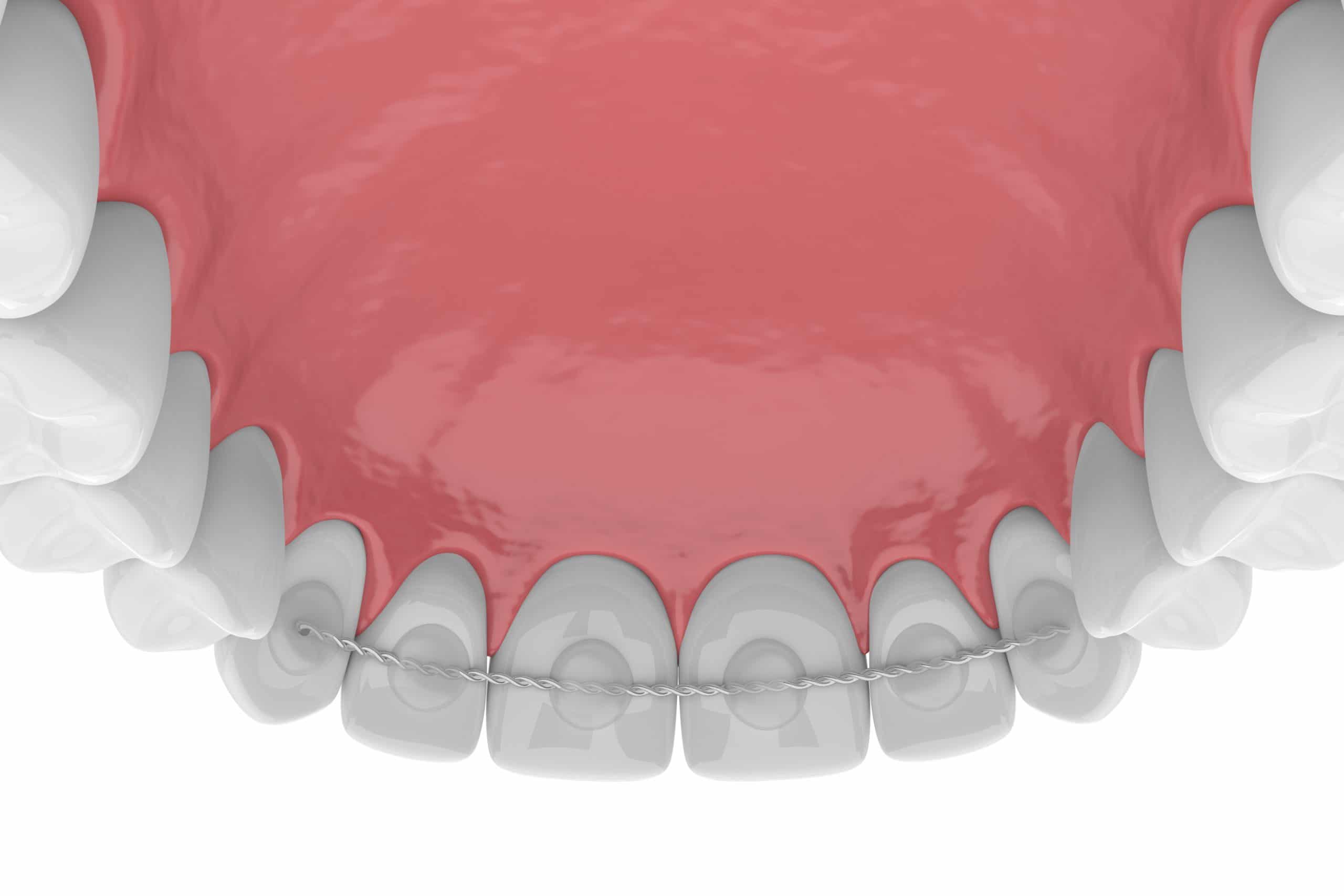Retainers and Corrective Solutions
Seeing your new, beautiful smile once your orthodontic treatment is complete makes for an extremely rewarding moment. It’s what you’ve spent months working towards. But there is still maintenance work to do once your main treatment is finished; this is where orthodontic retainers are essential.
Retainers are needed to ensure your new smile doesn’t shift or change over the years following your treatment. These preventative retainers stabilize your teeth, so they don’t relapse into their original placement. If your teeth do end up shifting, there are also corrective retainers that will help move them back to their ideal places.
Most braces and Invisalign plans, like those from OoLi Orthodontics, will come with the cost of your preventative retainer included in the initial quote. What’s not always included, however, is replacement retainer costs or corrective aligners. To help clarify what you’ll need to know about retainers after braces, keep reading. From the types of retainers, to how long you’ll have to wear them, we cover all you’ll need to know about retainers after braces.

Types of Retainers
As mentioned above, there are two main kinds of retainers. Both will work to keep your teeth straight and in their correct positions, but their applications differ depending on the time since your orthodontic treatment finished and the severity of tooth movement.
Preventative Retainers
We call this kind of retainer “preventative” because they prevent your teeth from moving back into their pre-treatment positions – also known as relapsing. This retainer is usually the type you’ll receive immediately after your main orthodontic treatment is completed. It’s especially important to be diligent about your retainer use right after braces as this is when your teeth are most vulnerable to moving back into their original places. Dr. Park will recommend how frequently you should wear your retainer based on your specific orthodontic case.
Preventative retainers come in both removable and permanent options. At OoLi Orthodontics, we prefer to give our patients a combination of both, but if a patient prefers to just have clear retainers, or metal wire retainers, we can also accommodate their requests. Our permanent retainers have a number of positive benefits, which make them our preferred choice for patients. They are…
- Invisible since they’re on the backside of teeth.
- Require little to no accountability to remember putting them in.
- The most effective method of retaining teeth in their correct positions.
We combine our permanent retainers with a clear retainer option since the permanent retainers are only placed on the front/anterior teeth. The other teeth towards the back of the mouth are susceptible to moving and potentially causing bite issues. The combination of both allows our patients some flexibility in their retainer use, but also minimizes the chances of their teeth relapsing.
Frequent use of a removeable retainer will prevent future corrective issues that are common when patients don’t wear their retainer enough after braces. For this reason, the biggest drawback to only using removable retainers is the responsibility of the patient to diligently use their retainer to ensure their teeth are staying in their correct positions. Without wearing your retainer frequently, you might need a corrective retainer down the road.

Corrective Retainers
When your teeth have moved from their post-treatment places, but isn’t severe enough to warrant a new braces or Invisalign treatment plan, corrective retainers are a great solution. These retainers are used to move neglected smiles back into their correct positions. As opposed to simply maintaining a smile, this solution actively moves teeth, so it’s a more intensive treatment than preventative retainers. For more severe cases, braces can also offer corrective solutions.
In some cases, a preventative retainer, usually a clear one, can double as a mild corrective retainer as long as the issues haven’t become too severe. Dr. Park will be able to assess your unique case and determine what corrective solution will be appropriate to help you achieve your dream smile once again.
Length of Retainer Use
The length patients have to wear their retainers varies from case to case. As a general rule of thumb, retainers should be worn daily for the first 6-12 months after treatment has stopped. The first year after you have your braces removed is when your teeth are the most susceptible to relapsing. Depending on the severity of your case, Dr. Park might prescribe you to wear them more frequently to ensure they don’t move.
Once you have your preventative retainer after braces, we’ll schedule a few checkups after to ensure your retainer is fitting properly and that your teeth are staying in their correct positions. After six months with your retainer, we typically only see patients if they have issues with their teeth or the fit of the retainer causes any discomfort. Remember, it is up to you—only you—to be diligent about your retainer use.
Damaged or Lost Retainers: What to Do
While it’d be nice to never lose your retainer, it does happen to some patients. Unfortunately, there is no insurance or replacement program for damaged or lost retainers. In the event this happens to you, we recommend visiting our office as soon as possible to get a replacement. Waiting too long runs the risk of having your teeth move out of place. If it’s been a while since you’ve worn yours, Dr. Park will assess whether you need a preventative or a corrective retainer.
If you need a new retainer, you’ll have to visit us in-office to create new molds. Due to the way molds are created, they are actually destroyed in the process of making them, so we can’t keep them on file for future retainers. Luckily, you’ll have your new retainer within a week or two of visiting us, so your smile will be back on track!

Worse Case: Braces Again
Sometimes having braces again is the best choice, depending on how much your teeth have moved. This option isn’t as extensive as an initial braces treatment; it’s usually for a shorter period of time since your teeth will likely retain some of their correct alignment. After a free consultation, Dr. Park will be able to determine the best course of action for your unique case. In any event, you’ll be on your way to smiling with confidence once again!


